mast cell tumor cat eyelid
Grade 1 cells are well differentiated with a low potential for metastasis. Surgical excision of periocular CMCTs in cats is an effective treatment option with rare local recurrence and metastases even.

Diagnosis And Treatment Of Eyelid Tumors Today S Veterinary Practice
Squamous cell carcinomas These malignant tumors may involve the eyelids conjunctiva and third eyelid ie the wedge-shaped tissue at the inner corner of the eye and can vary in appearance from a thick non-healing ulcer to a rough pink irregularly shaped mass.

. Eyelid Tumors in Dogs. Mast cell tumors occur more frequently on the eyelid than the conjunctiva. Other forms of malignant tumors that occur in the eyelids of cats include basal cell carcinoma fibrosarcoma neurofibrosarcoma and melanoma.
Other names for MCT are mast cell sarcoma histiocytic mastocytoma and mastocytosis. In contrast to dogs eyelid tumors affecting cats are much more likely to be malignant. Objective To describe feline periocular cutaneous mast cell tumor CMCT clinical features rates of local tumor recurrence and metastases and cat survival time following surgical excision.
Mast cell tumors are the most common splenic tumor tumor of the spleen second most common skin tumor and third most common intestinal tumor in cats. Grade 2 cells are intermediately differentiated with a potential for locally invasive metastasis. Early preneoplastic lesions are typically erythematous scaly slightly raised lesions along the eyelid margins that.
Mast cell tumors of the skin cutaneous Approximately 20 of skin masses in cats are cutaneous mast cell tumors and about 90 of those are benign. There were 12 squamous cell carcinomas SCCs 11 mast cell tumors MCTs 6 hemangiosarcomas HSAs 4 adenocarcinomas ACAs 3 peripheral nerve sheath tumors PNSTs 3 lymphomas 3 apocrine hidrocystomas AHCs and 2 hemangiomas. Mast cell tumors are notoriously invasive and difficult to treat.
717 The last comprehensive study of the prevalence of feline eyelid tumors published in 1993 from the Veterinary Medical Data Program VMDP and the Purdue. Evaluation of surgical excision 33 cases Surgical excision of periocular CMCTs in cats is an effective treatment option with rare local recurrence and metastases even following incomplete surgical excision. There are also generalized blood cell splenic and digestive tract forms of mast cell sarcoma.
Mast cell tumors can form nodules or masses in the skin and other organs and cause enlargement of the spleen and intestine. Eyelid Masses in Cats. Periocular cutaneous mast cell tumors in cats.
Mast cell tumors in the eyelid of cats are morphologically. Meningioma in Dogs and Cats. In our experience they are generally morphologically low to intermediate grade and clinically benign.
Connective Tissue Tumors in Cats. 1Department of Small Animal Clinical Sciences College of Veterinary Medicine University of Minnesota 1352 Boyd Avenue St Paul MN 55108 USA. Significantly more males than females had eyelid tumors.
Mast cell tumors are a kind of tumor named for the type of skin cell from which they grow. For instance most eyelid masses in dogs are benign focally invasive tumors such as meibomian gland adenomas melanocytomas and papillomas. Mast cell tumors or mastocytomas are graded according to their location in the skin presence of inflammation and how well they are differentiated.
Our 65-year-old boy Gilgun had an FNE on a recurring lump beneath his eyelid today see below and it turns out its a mast cell tumor. 26 Squamous cell carcinoma is the most common eyelid neoplasm reported in cats. Up to 91 of eyelid tumors in cats are malignant.
The most common eyelid tumors of cats are squamous cell carcinomas 28 to 65 mastocytomas 3 to 26 hemangiosarcomas 2 to 14 lymphomas 7 to 11 adenocarcinomas 4 to 9. Tumors and tumor-like lesions of the eyelids are less common in cats than in dogs but more likely to be malignant. A previous study reported mast cell tumors as 256 of all feline eyelid tumors and reported a tendency for mast cell tumors to occur in young cats.
The average age at diagnosis was 104 years. A 3-year-old Himalayan cat was diagnosed with concurrent eosinophilic. Eosinophilic conjunctivitis herpes virus and mast cell tumor of the third eyelid in a cat.
Cats were included if CMCTs were. Cats are more likely than dogs to have malignant or aggressive eyelid tumors such as. 89 thus they require a more urgent diagnostic and treatment plan.
Lymphosarcoma and mast cell tumors mastocytomas are the next most common tumors that affect the feline eyelid. There is currently no agreement on an appropriate grading system for canine conjunctival mast cell tumors. More than one tumor may be.
Procedures Medical records of cats diagnosed with periocular CMCTs were reviewed. Most mast cell tumors arise in the skin but technically they can arise anywhere that mast cells are found. Animals studied Thirtythree cats with periocular CMCTs.
Does anyone have experience with excis. 35 UV light damage from sunlight is believed to be a predisposing factor in the development of this tumor type. Cats on the other hand are more likely to develop aggressive or malignant tumors such as squamous cell carcinomas and mast.
Why a particular cat may develop this or any cancer is. Some cats will cause self-trauma by. Mast Cell Tumors in Dogs and.
We have an appointment with oncology for staging next Monday 1030 and opthamology could do surgery the following day. 11 Mast cell tumors are not as common in our database 126 of eyelid tumors and young cats are not over-represented. External skin mast cell tumors generally form on the head neck and body but can be anywhere.
Mast cell tumors are the second most common skin tumor in cats. Up to 20 of dogs will get a malignant Mast Cell Tumor MCT in their lifetime making it the most common tumor we encounter in dogs. Prognosis and treatment plans will depend on the tumor type species and age of the patient.
Medical therapy is available for both tumor types and may induce regression of the tumor. What causes this cancer. This disease has a cutaneous form skin and a systemic form internal organs.
34 SCC predominates particularly in cats with little to no pigmentation. They are small firm raised hairless and can become itchy.

Masitinib Mesylate Treatment Of Mast Cell Tumor In A Dog Dr Nelson S Veterinary Blog
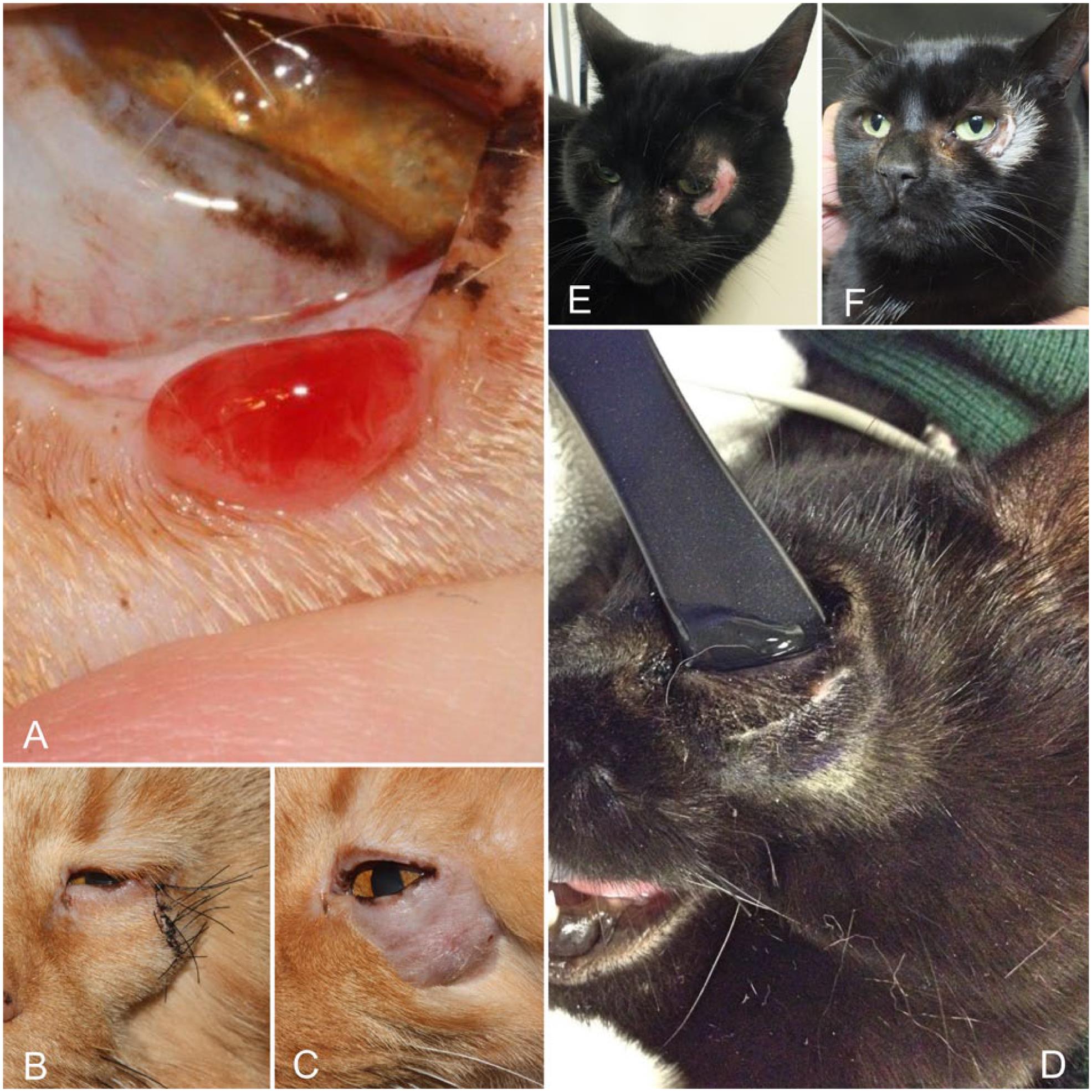
Marginal Resection And Adjuvant Strontium Plesiotherapy In The Management Of Feline Eyelid Malignant Peripheral Nerve Sheath Tumours Two Cases

Animal Surgical Center Of Michigan Veterinarian In Flint Mi

Periocular Cutaneous Mast Cell Tumors In Cats Evaluation Of Surgical Excision 33 Cases Semantic Scholar
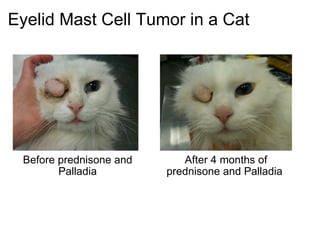
Management Of Feline Eyelid Mast Cell Tumor

Eyelid Mass With Conjunctival Periocular Swelling In A Cat Clinician S Brief

Oncovet Veterinary Oncology Case 2 Upper Eyelid Mast Cell Tumor In A Cat Frontal View Facebook

Diagnosis And Treatment Of Eyelid Tumors Today S Veterinary Practice
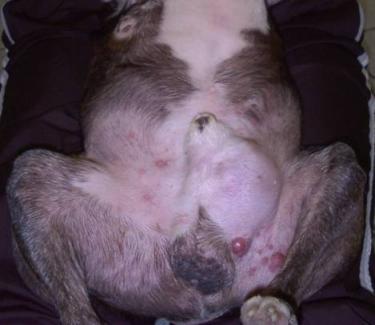
Lymphocytic Histiocytic And Related Cutaneous Tumors In Animals Integumentary System Merck Veterinary Manual

Figure 2 From Mast Cell Tumors In Cats Semantic Scholar

Feline Cutaneous Mast Cell Tumors

Mast Cell Tumors In Cats Veterinarian In Toronto Jane Animal Hospital
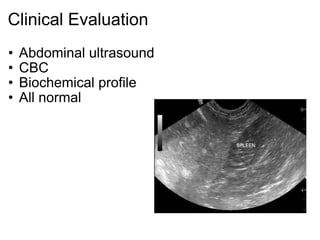
Management Of Feline Eyelid Mast Cell Tumor

Figure 3 From Mast Cell Tumors In Cats Semantic Scholar
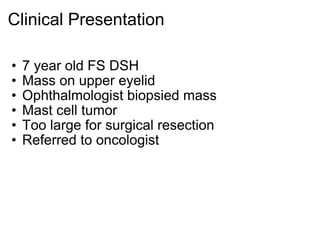
Management Of Feline Eyelid Mast Cell Tumor

Feline Mast Cell Tumors Veterinarian In Brooklyn Ny Clinton Hill Animal Clinic
